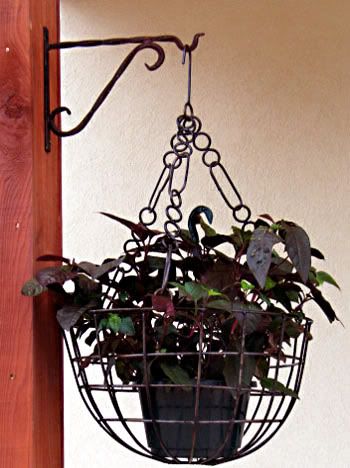For myself, I don't pay attention to the botanical name too much. Firstly, I love my plant because of its characteristic, but not its name or spicy. Secondly, some botanical names come from Latin or Greek language which is difficult for me to remember. However, I then realize that the botanical name is important when you talk with another people about your cacti selection. Besides, such name can descibe the originial root of the plant. From these reasons, it is reasonable to study more about the Botanical name.
A botanical name is a formal scientific name conforming to the International Code of Botanical Nomenclature (ICBN). The purpose of formal name is to have a single name that is accepted and used worldwide for a particular plant or plant group. For an example, the botanical name Bellis perennis is used worldwide for a plant species, which is native to and has a history of many centuries use in most of the countries of Europe and the Middle East, where it has accumulated various names in the many languages of that area. Later it has been introduced worldwide, bringing it into contact with languages on all continents. English names for this plant species include daisy, common daisy, lawndaisy, etc.
The usefulness of botanical names is limited by the fact that taxonomic
 groups are not fixed in size; a taxon may have a varying circumscription. The group that a particular botanical name refers to can be quite small according to some people and quite big according to others. This will depend on taxonomic viewpoint or taxonomic system. The botanical name itself is fixed by a type, the size and placement of the taxon it applies to is set by a taxonomist. Some botanical names refer to groups that are very stable Depending on rank, botanical names may be in one part (genus and above), two parts (species and above, but below the rank of genus) or three parts (below the rank of species) For example:
groups are not fixed in size; a taxon may have a varying circumscription. The group that a particular botanical name refers to can be quite small according to some people and quite big according to others. This will depend on taxonomic viewpoint or taxonomic system. The botanical name itself is fixed by a type, the size and placement of the taxon it applies to is set by a taxonomist. Some botanical names refer to groups that are very stable Depending on rank, botanical names may be in one part (genus and above), two parts (species and above, but below the rank of genus) or three parts (below the rank of species) For example:Family: Cactaceae
Genus : Echinocactus
Species:grusonii
Its common name is Golden Barrel. Normally, the genus and species name is often mentioned and concerned. Moreover, I'd suggest you an useful website to learn about the botanical name's pronunciation: Plantapalm









